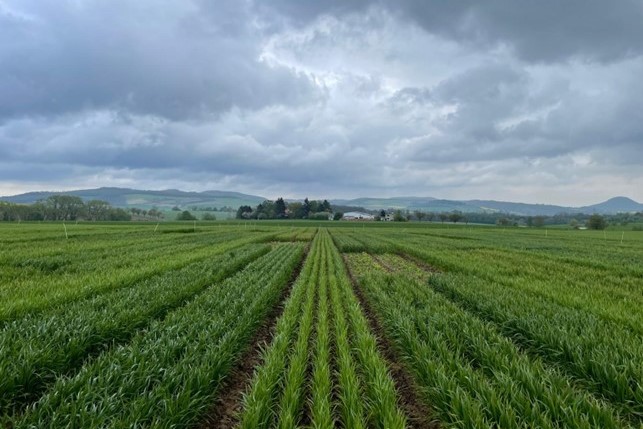

Intercropping strategies require less agronomic inputs while delivering other ecosystem services and public goods.
Each crop species possesses a unique genetic diversity that has evolved over time, leading to physiological and anatomical characteristics adapted to specific growth factors. Ecological advances can be introduced by utilizing intraspecific complementarity, including the context-dependency of interactions, enhancing mechanisms for disease and pest avoidance, and improving understanding of links between above- and below-ground systems influencing total crop stand productivity, yield stability, and quality. However, crop selection, input use, and land management practices are shaped by monoculture crop production strategies, driven by decision-making regimes focused on process standardization and product uniformity.
This research theme aims to explore how intercropping can help restore some of this lost biodiversity and contribute to reducing major environmental and health problems caused by our food systems.
Researchers:
Image credits: The authors. In cooperation with the IntercropVALUES project partners
0 0
